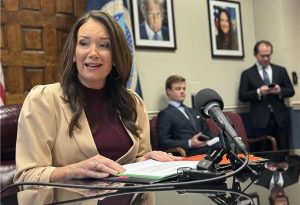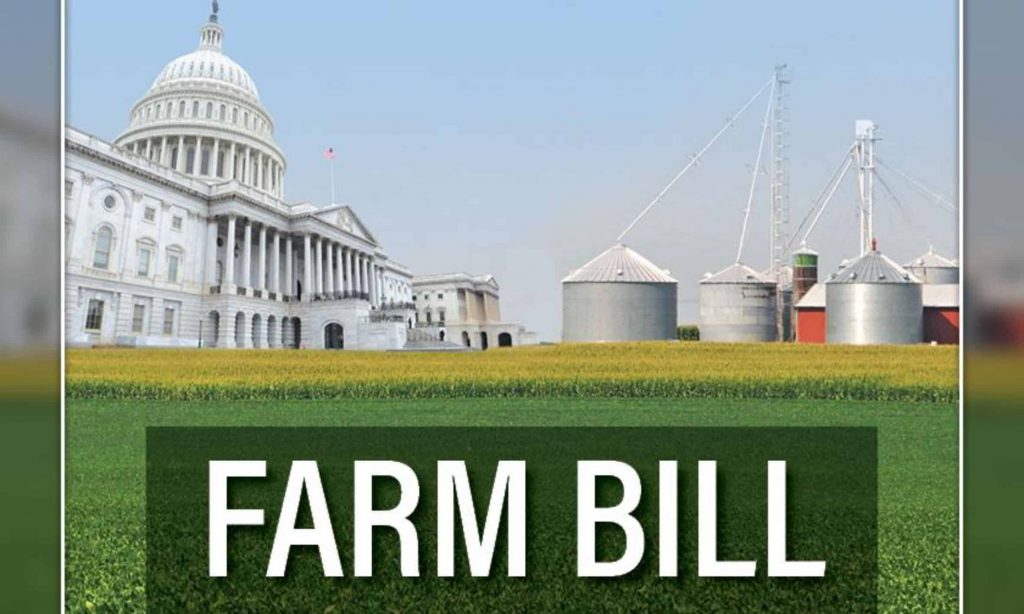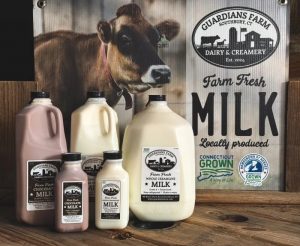
There might be some insight from House Ag Committee Chairman Glenn Thompson (R-Pa.).
“We don’t need to rewrite the entire farm bill,” Thompson says. “We’re comfortable with many parts of the 2018 bill and there aren’t many tweaks or changes, instead things we need to protect and invest in more.”
With Thompson’s words in tow, Kala Jenkins, Pinion ag consultant, and her colleague Bill Penn, Director of Farm Program Services, have carved out their own theories on what to expect in farm bill 2023.
Here’s a highlight of what they’re tracking as we move through the year.
1. Program Limitations with FSA
USDA defines a small farm as one that sees gross cash farm income under $250,000. According to the agency’s 2021 data, large farms—operations that gross more than $250,000—account for 85% of ag’s market value.
But these income brackets often leave small producers emptyhanded when it comes to disaster programs, according to Senator Chuck Grassley (R-IA).
“The 2018 Farm Bill was intentionally written to help the largest farmers receive sometimes millions of dollars of subsidies from the federal government each year,” Grassley said to USDA Secretary Tom Vilsack in a Senate Ag Committee hearing. “I’m asking that you would now work with me to stop this needless abuse of taxpayer dollars.”
Penn, who formerly served as USDA’s Assistant Deputy Administrator from 1985 to 1993, doesn’t see the aid differences as abuse and wants aid to go to the producers who make the biggest difference.
“Congressmen always like to talk about how 10% of the producers are getting 70% of the payments, but those 10% of growers are producing 85% of our supply,” Penn says. “If the goal of aid is to ensure America’s needs are met, we have to offer protections to those that put in the work.”
2. AGI Calculations
Adjusted gross income (AGI) is used to determine eligibility for disaster programs, through means testing.
Penn formerly served as USDA’s assistant deputy administrator from 1985 to 1993. He says in the 1980’s, disaster programs means testing was determined through gross receipts rather than AGI. Penn believes AGI is a better test for means testing than gross receipts because it is a “net income” number rather than a gross revenue number.
However, in the recent WHIP+ and ERP Programs, USDA used AGI as a test to determine if someone was a farmer. In Penn’s view, gross receipts is a better measure of who is a farmer when compared to AGI.
“If a farmer has a bad disaster year, he might have a negative net income or AGI. But his wife, a schoolteacher who has a $70,000 positive, non-farm income would push them out of WHIP+ eligibility for increased limitations due to their AGI,” he says.
Penn says when the government is carving-out a disaster aid plan, it must be careful what question it is trying to answer with balance sheet numbers, or aid won’t be inclusive.
But, Penn is concerned if AGI limitations are applied to crop insurance.
3. Crop Insurance Coverage
In the past 20 years, the Federal Crop Insurance Program has covered an average of 87% of all U.S. croplands that were eligible for the program.
So, is a climate angle how crop insurance should be viewed? Jenkins isn’t convinced. She says the bottom line is in making programs voluntary.
“If we focus solely on climate and conservation in all our farm bill initiatives, could we miss something in the literature that could make certain practices mandatory instead of voluntary? That’s the concern we’re hearing from growers now.”
Beyond conservation, Jenkins hears whispers of Title XI programs taking an entirely different direction in 2023.
“I’ve heard chatter about whether we need to change the way some of these programs work today, like whole farm crop insurance programs versus the noninsured crop disaster assistance program.” she says. “Then there are also some stakeholders questioning whether we need to link insurance to conservation, while others don’t want it to be the main focus. The needle is all over the board.”























